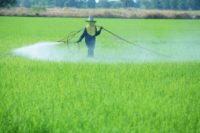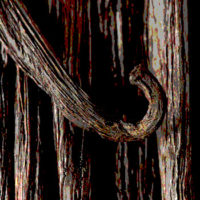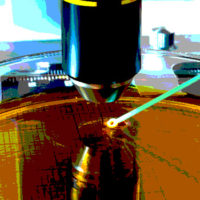Fungicides in imported orange juice have been on the national stage in recent months, creating a need for simple and rapid detection methods.
When a private company alerted the U.S. Food and Drug Administration to the presence of the fungicide, carbendazim, in orange juice imported from Brazil, the agency expanded its testing of imports for this residue, which is illegal in the United States. In response to the increased concern, we have developed a quick and straightforward method of analysis and quantitation of carbendazim at concentrations below 10 parts per billion.
We present a method for detecting both targeted analytes, such as carbendazim, as well as non-targeted components, by taking advantage of the full-spectrum, high mass accuracy data provided by the AxION® 2 time-of-flight (TOF) mass spectrometer (MS) using an Ultraspray™ 2 ionization source with lock mass for on-the-fly calibration. Unlike a triple quadrupole instrument, which requires predefined targets, a TOF instrument collects accurate mass and high resolution data across a full spectrum without a loss in sensitivty allowing analysis and identification of an unlimited number of compounds. Any emerging analytes of concern can be detected in pre-existing data simply by searching for the exact mass of the analyte of interest, and can quickly be confirmed by retention-time matching.
By using a superficially porous particle (SPP) column, a dilute-and-shoot sample preparation was made possible while retaining the resolution and fast run times of a traditional UHPLC column.
 Experimental
Experimental
Instrumental parameters are described in Table 1.
The high resolution and mass accuracy of the AxION 2 TOF MS and the large particle size and rugged nature of the SPP column allow for a simplified sample preparation. Juice samples were diluted 10-fold in water and centrifuged. The supernatant was collected and filtered directly into sample vials through a 0.2-μm polytetrafluoroethylene syringe filter.
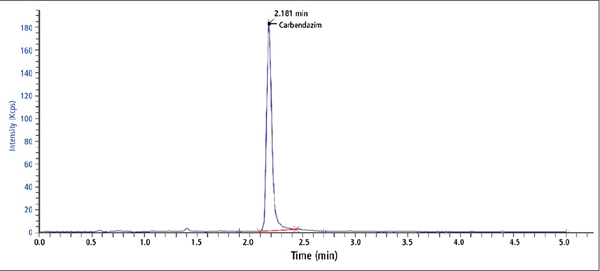 Results
Results
Using the rapid RP-LC conditions described, carbendazim was found to have a retention time of just 2.2 minutes, with a limit of quantitation (LOQ) in orange juice calculated at 0.75 ppb. Figure 1 shows an extracted ion chromatogram of 100 ppb carbendazim in orange juice.
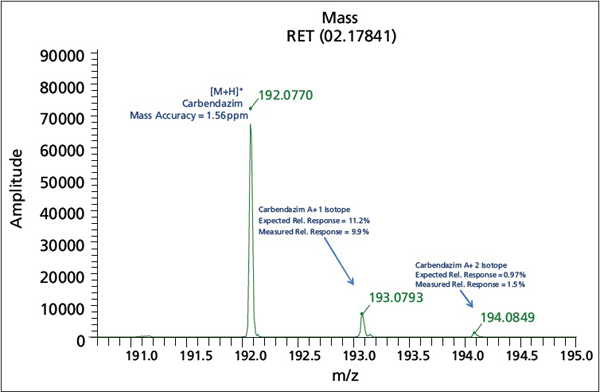 The identification was confirmed by highly accurate mass and retention time matching, as well as by isotopic profile. By calculating the natural abundances of carbendazim isotopes, expected ratios could be compared to measured ratios as seen in Figure 2.
The identification was confirmed by highly accurate mass and retention time matching, as well as by isotopic profile. By calculating the natural abundances of carbendazim isotopes, expected ratios could be compared to measured ratios as seen in Figure 2.
A calibration curve was created by spiking carbendazim standard into orange juice before dilution and analysis. The response is linear over a range of 1 ppb to 300 ppb with a correlation coefficient greater than 0.996 (shown in Figure 3).

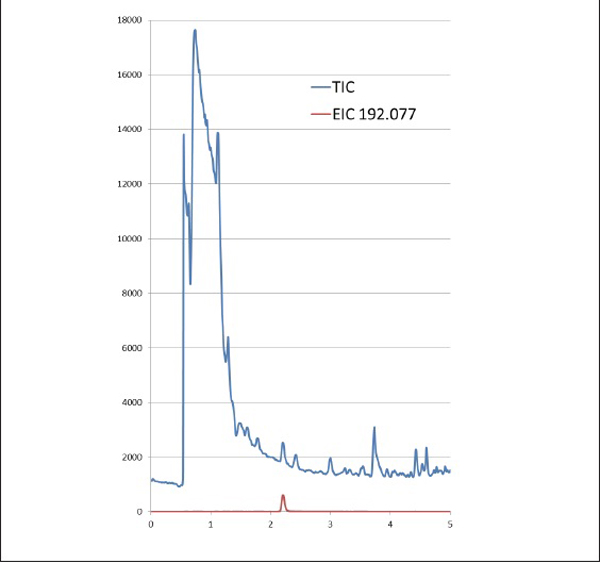 It’s important to note that the mass accuracy and resolution of the AxION 2 TOF MS allows a great deal of information to be collected in each run. Figure 4 demonstrates how much data is collected, and how easily high quality analytical results can be achieved even in less-than-ideal chromatographic conditions. The run time is able to be kept short because of very specific extracted ion chromatograms using narrow m/z ranges such as 5 mDa.
It’s important to note that the mass accuracy and resolution of the AxION 2 TOF MS allows a great deal of information to be collected in each run. Figure 4 demonstrates how much data is collected, and how easily high quality analytical results can be achieved even in less-than-ideal chromatographic conditions. The run time is able to be kept short because of very specific extracted ion chromatograms using narrow m/z ranges such as 5 mDa.
Identification of Non-target Analytes
After the quantitation of carbendazim was considered, the orange juice data was further analyzed for non-target analytes, namely other pesticides common to oranges in the U.S. The following pesticides are the most frequently used on oranges and reported in orange juice:
• Aldicarb Sulfoxide
• Bromacil
• Carbaryl
• Chlorpyrifos
• Dimethoate
• Imazalil
• O-Phenyl Phenol
• Thiabendazole
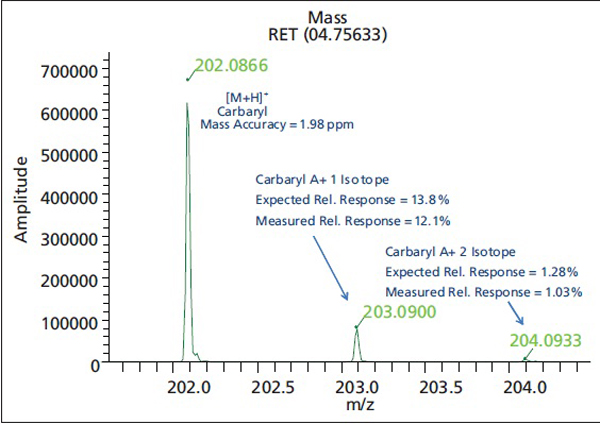 By simply reanalyzing the data, a chromatographic peak with a retention time of 4.76 minutes was identified. The extracted ion chromatogram of this peak provided a mass spectrum with the isotopic ratios described in Figure 5 and thus the peak was identified as carbaryl.
By simply reanalyzing the data, a chromatographic peak with a retention time of 4.76 minutes was identified. The extracted ion chromatogram of this peak provided a mass spectrum with the isotopic ratios described in Figure 5 and thus the peak was identified as carbaryl.
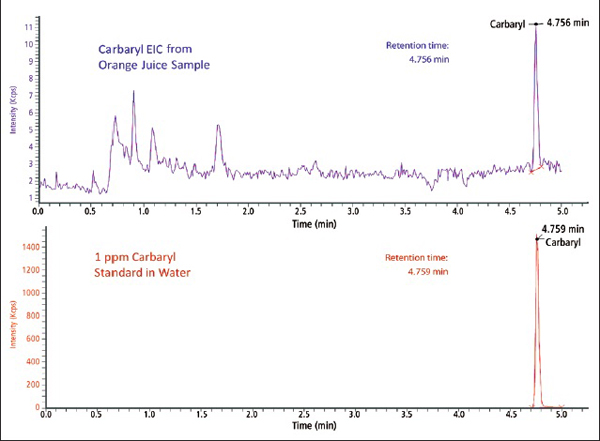 High mass accuracy and isotopic profile can be used to check the peak identification. Running a standard allowed confirmation by retention time (Figure 6).
High mass accuracy and isotopic profile can be used to check the peak identification. Running a standard allowed confirmation by retention time (Figure 6).
Conclusions
A less than 5-minute dilute-and-shoot LC-TOF method was developed for quantifying carbendazim in orange juice. The resultant analysis method was found to be rapid and efficient, rivaling or surpassing sample throughput of other published methods. The collected data was then screened for eight additional pesticides most likely to be present in orange juice. Carbaryl was found to be present in the juice samples, with identification by exact mass, and confirmation by retention time matching with a standard, demonstrating the advantage of a full-spectrum mass analyzer over a scanning instrument.
Courtney Phillips and Avinash Dalmia are employees at PerkinElmer, Inc. Learn more at www.perkinelmer.com.
Related Articles
×
Get our eMagazine delivered directly to your inbox
Stay in the know on the latest science-based solutions for food safety.
SUBSCRIBE TODAY!Copyright ©2024. All Rights Reserved BNP Media.
Design, CMS, Hosting & Web Development :: ePublishing

